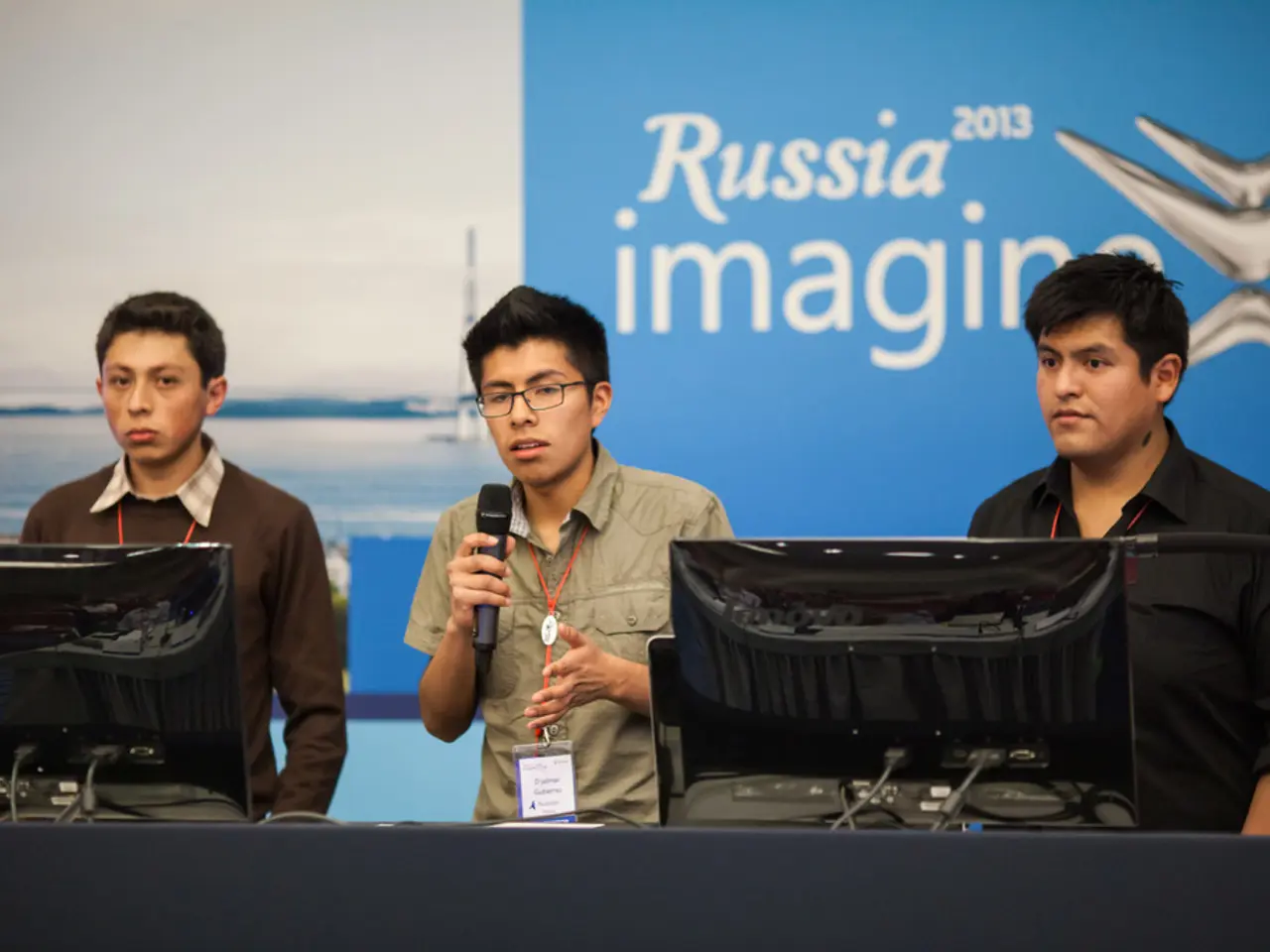Increase in Standard Social Pensions Across Russia
Russia's social pension system, designed to support citizens who are not covered by insurance pensions, has seen significant changes and developments over the years. As of 2025, the system has undergone a notable transformation, with key adjustments in eligibility criteria, pension amounts, and the retirement age.
Eligibility for a social pension in Russia can be determined by factors such as age, disability status, or loss of a breadwinner. Most of the social pension recipients in Russia receive it due to disability or loss of a breadwinner.
One of the most significant changes in 2025 was the increase in social pensions by 14.75%. This increase was based on the minimum living wage for pensioners and aimed to improve the standard of living for pensioners in the country. As a result, the average social pension for working citizens in Russia has increased to 11,659 rubles per month, while the average social pension for non-working pensioners has risen to 15,856 rubles per month.
The Social Fund is responsible for providing social pensions in Russia. As of 2025, around 3.5 million pensioners in Russia receive a social pension.
Historically, Russia’s social pension system has included an increasing pension age and periodic indexation of pension amounts to adjust for inflation. However, the system has seen more frequent adjustments post-2025, driven by macroeconomic conditions, demographic trends, and government social policy priorities.
It's important to note that while average pension amounts in Russia have been steadily rising nominally, they can lag behind the real cost of living in some regions.
Another significant change in 2025 was the increase in the retirement age. Men are eligible for a social pension at 69 years in 2026, with women eligible at 64 years. These ages are set to increase further to 70 and 65 years respectively starting in 2028. Special conditions apply for indigenous peoples of the North, allowing them to receive a social pension at 55 for men and 50 for women.
In conclusion, the evolution of Russia's social pension system since 2025 has been marked by increased pension amounts, adjustments in the retirement age, and a focus on improving the standard of living for pensioners. However, for more detailed, up-to-date figures post-2025, national Russian government publications, official statistics, or expert analyses from late 2025 onward would be the appropriate sources to consult when available.
Read also:
- Catastrophe at a U.S. Steel facility in Pennsylvania results in the loss of two lives. crucial details unveiled
- Manipulating Sympathy: Exploiting Victimhood for Personal Gain
- Auto Industry Updates: Geotab, C2A, Deloitte, NOVOSENSE, Soracom, and Panasonic in Focus
- Exploring Money-Making Opportunities in Digital Gaming Worlds




